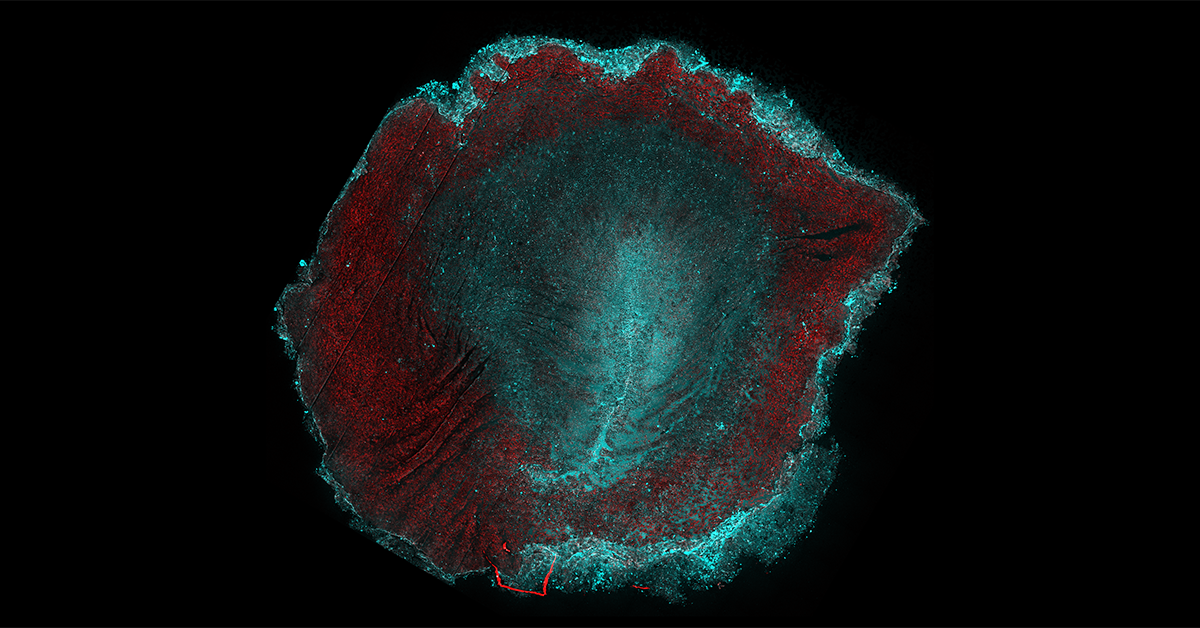2025-06-05 ワシントン大学セントルイス校
<関連情報>
- https://source.washu.edu/2025/06/new-approach-reverses-opioid-overdoses-more-safely-rat-study-shows/
- https://elifesciences.org/articles/104469
末梢性オピオイド受容体拮抗作用はフェンタニル誘発心肺抑制を緩和し、回避行動を伴わない Peripheral opioid receptor antagonism alleviates fentanyl-induced cardiorespiratory depression and is devoid of aversive behavior
Brian C Ruyle,Sarah Masud,Rohith Kesaraju,Mubariz Tahirkheli,Juhi Modh,Caroline G Roth,Sofia Angulo-Lopera,Tania Lintz,Jessica A Higginbotham,…,Jose A Morón
eLife Published:Apr 1, 2025
DOI:https://doi.org/10.7554/eLife.104469.3

Abstract
Millions of Americans suffering from Opioid Use Disorders face a high risk of fatal overdose due to opioid-induced respiratory depression (OIRD). Fentanyl, a powerful synthetic opioid, is a major contributor to the rising rates of overdose deaths. Reversing fentanyl overdoses has proved challenging due to its high potency and the rapid onset of OIRD. We assessed the contributions of central and peripheral mu opioid receptors (MORs) in mediating fentanyl-induced physiological responses. The peripherally restricted MOR antagonist naloxone methiodide (NLXM) both prevented and reversed OIRD to a degree comparable to that of naloxone (NLX), indicating substantial involvement of peripheral MORs to OIRD. Interestingly, NLXM-mediated OIRD reversal did not produce aversive behaviors observed after NLX. We show that neurons in the nucleus of the solitary tract (nTS), the first central synapse of peripheral afferents, exhibit a biphasic activity profile following fentanyl exposure. NLXM pretreatment attenuates this activity, suggesting that these responses are mediated by peripheral MORs. Together, these findings establish a critical role for peripheral MORs, including ascending inputs to the nTS, as sites of dysfunction during OIRD. Furthermore, selective peripheral MOR antagonism could be a promising therapeutic strategy for managing OIRD by sparing CNS-driven acute opioid-associated withdrawal and aversion observed after NLX.


